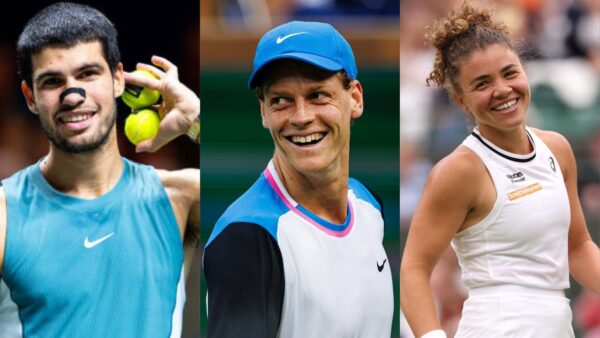5 things that can improve Indian Women’s cricket
The 2024 ICC Women’s T20 World Cup brought heartbreak for the Indian Women’s team, failing to reach the semi-finals for the first time since 2016, despite high expectations.
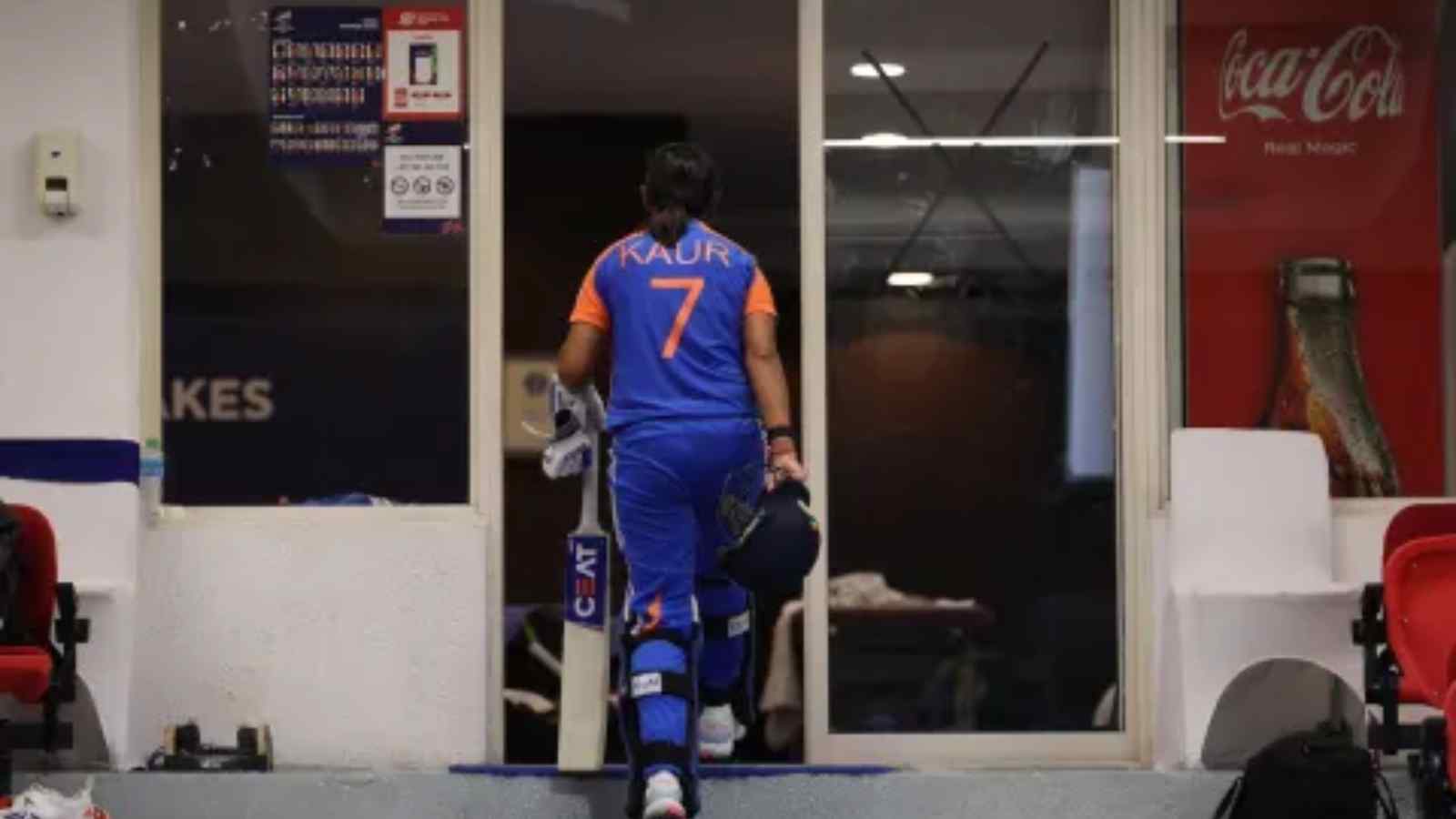
Time for Team India to go back to drawing board (Image via Open Source/X)
🔍 Explore this post with:
The 2024 ICC Women’s T20 World Cup provided yet more heartbreak for fans of the Indian Women’s Cricket team. The team that was billed as the country’s ‘best-ever’ before the start of the tournament failed to reach the semi-finals of the biennial ICC event for the first time since 2016.
Indian Women’s Cricket has made colossal strides since its humble beginnings in the 1970s. The Women’s Premier League (WPL), first organized by the BCCI in 2023, is already one of the most popular Women’s Leagues in the world due to India’s large population and cricketing fan base, and this generation of Indian Women’s cricketers have achieved unprecedented fame and financial rewards.
Yet, as the 2024 Asia Cup and the subsequent T20 World Cup showed, many problems persist in the Indian Women’s game. After heartbreaks in 2017, 2022, and 2023, the Women in Blue still await their ‘1983’ moment.
The 2024 results further showed that the Indian women have fallen behind their international counterparts and with cricket finally being in the Olympic program, more nations will start taking the sport seriously.
A number of changes need to be urgently implemented by the stakeholders if India is to finally win an ICC title and consistently be among the top two or three teams the world. Here are five inter-related measures that if executed effectively can help take Indian Women’s Cricket to new heights.
Improve skill levels
At the 2024 T20 WC, we saw Radha Yadav take a stunning diving catch against Sri Lanka while Asha Sobhana dropped two sitters vs. Pakistan earlier in the same tournament. Such a variance in skill levels between players is rarely seen in teams, such as Australia and England.
Inconsistency has been the bane of Indian Women’s cricket. Over the years, we have seen dropped catches, misfields, run-outs, panicky shot selection, full-tosses, and long-hops, causing the team to lose crucial matches from winning positions.
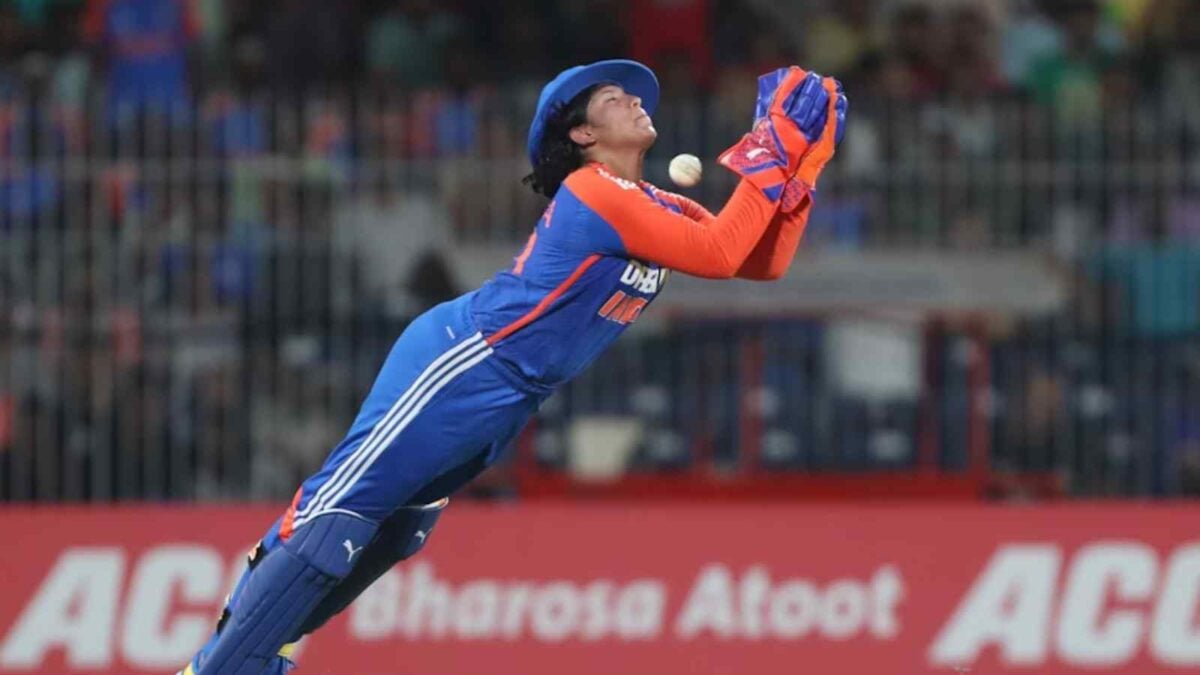
Skills like death-bowling, power-hitting strike rotation, tail-end batting, diving, and mental resilience need to be drilled into players right from the grassroots and domestic levels and further refined on the international stage.
The standards of coaching, scouting, fitness, nutrition, mental conditioning and data analytics have to be improved across the country. On a related note, many of the top run-scorers and wicket-takers in the WPL have been either foreign cricketers or established Indian names and this needs to change.
The WPL will only be a success for India if more lesser-known or uncapped Indian players (such as Shreyanka Patil in 2024) can become international contenders through the tournament.
More India A and Under-19 tours
After the narrow loss to Australia in the 2024 T20 WC, Indian skipper Harmanpreet Kaur made a statement that was highlighted in the media: “I think their entire team contributed, they don’t depend on one or two players.”
The talent pool and skill levels in the Australian Women’s Team reflected in their record number of ICC tournament wins, have long been the envy of other nations. India needs to develop an adequate bench strength in such a way that out-of-form and injured players can be replaced without compromising on results.
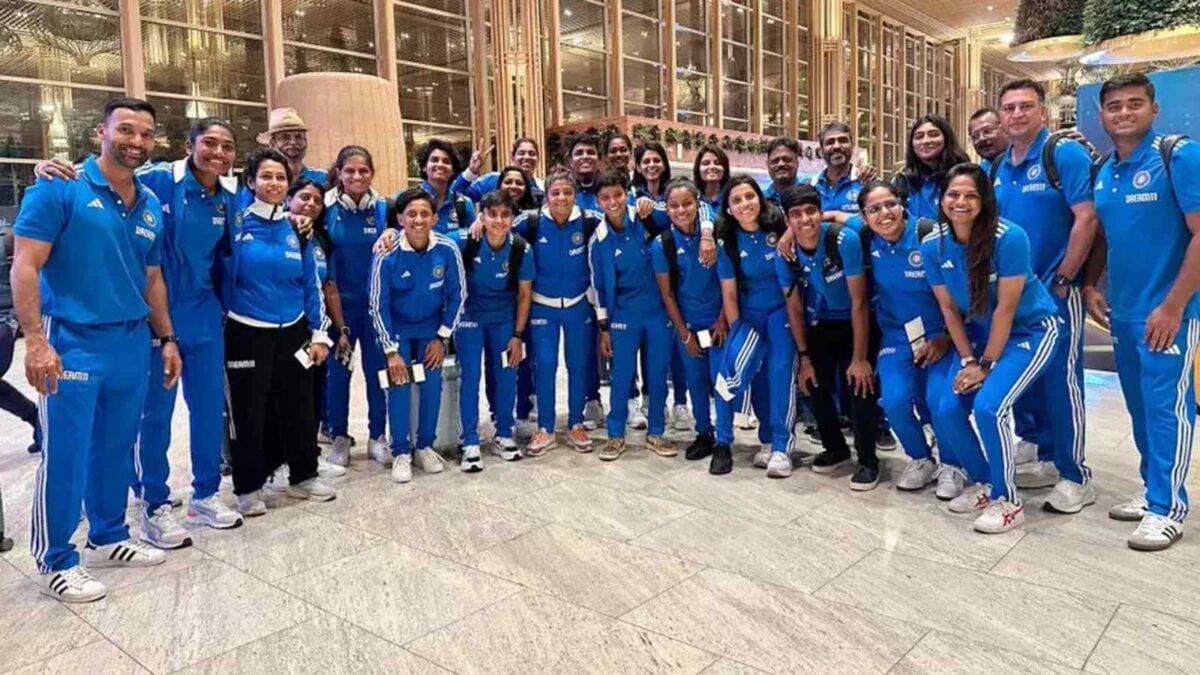
Each of the 15 players selected for an ICC tournament should be world class and not just there to make up the numbers. There should be a steady flow of talent and competition for places as is seen in the Indian Men’s team.
The BCCI has off-late started taking this aspect more seriously. India won the inaugural Women’s U19 World Cup in 2023. That tournament and the recent India ‘A’ Tour of Australia threw up names such as Tejal Hasabnis, Raghvi Bist, Shweta Sehrawat, Priya Mishra and Titas Sadhu.
The Emerging Women’s Asia Cup, started in 2023, has also been a step in the right direction. The results of these endeavors will take a few years to fruition, but more such competitions can be organized in the meantime.
End superstar culture
Indian women cricketers have never had it as good as today. The WPL and resultant financial rewards and social media attention have certainly brought a positive change in Indian Women’s cricket.
But perhaps the Instagram adulation and a limited talent pool have both contributed to senior players not willing to work hard enough to improve their game. At least this is what the results of the Asia Cup and T20 WC have suggested.
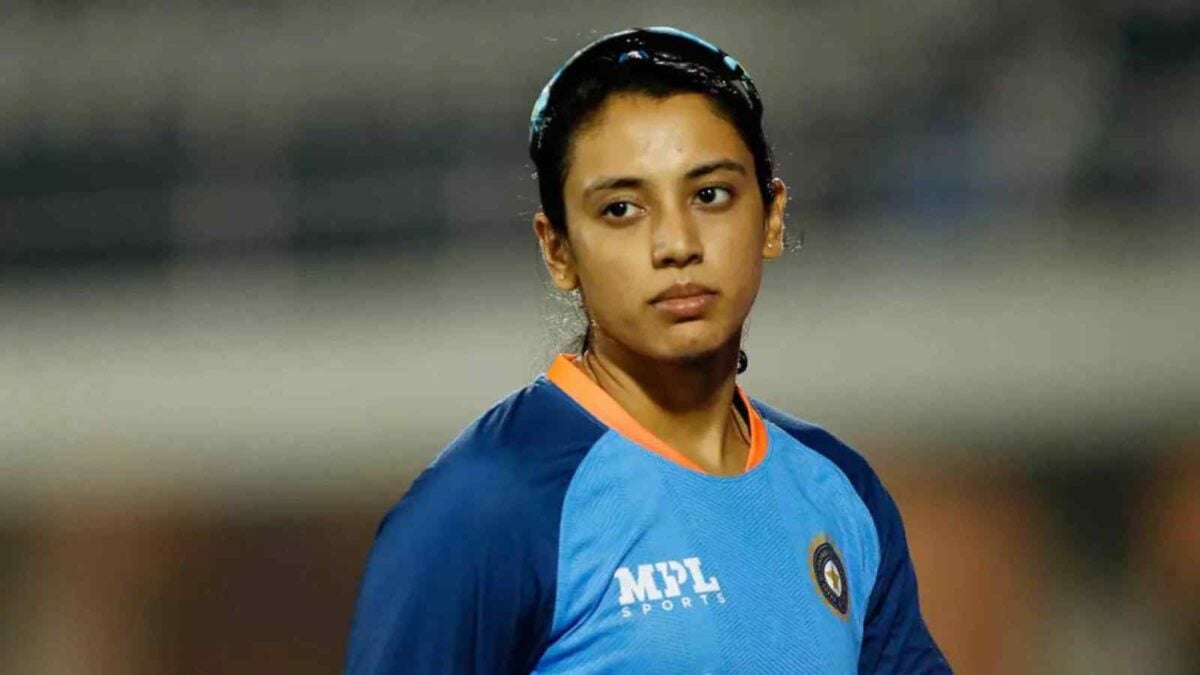
No player should be treated as irreplaceable or bigger than the team. The players, many of whom come from humble backgrounds, need to be surrounded by mentors, coaches, and mental health experts who can help keep them grounded and focused.
The Australian team has achieved far more success than their Indian counterparts, yet the Southern Stars remain ever hungry for even more wins and trophies. India needs to adopt such a culture to be successful.
Leadership changes
Harmanpreet Kaur today is a global cricketing superstar. But her leadership tenure can perhaps be described as a missed opportunity given that India failed to win an ICC tournament or the 2022 Commonwealth Games gold.
Obviously the team is in need of fresher ideas and perspectives, but Smriti Mandhana, Harman’s likely successor, has not been in the best of form.
Then there is the question of coaching. A number of coaches have been at the helm in the last few years, the latest being Amol Mazumdar, but none have proven to be an ideal fit. The BCCI authorities have a lot on their plates before the 2025 World Cup.
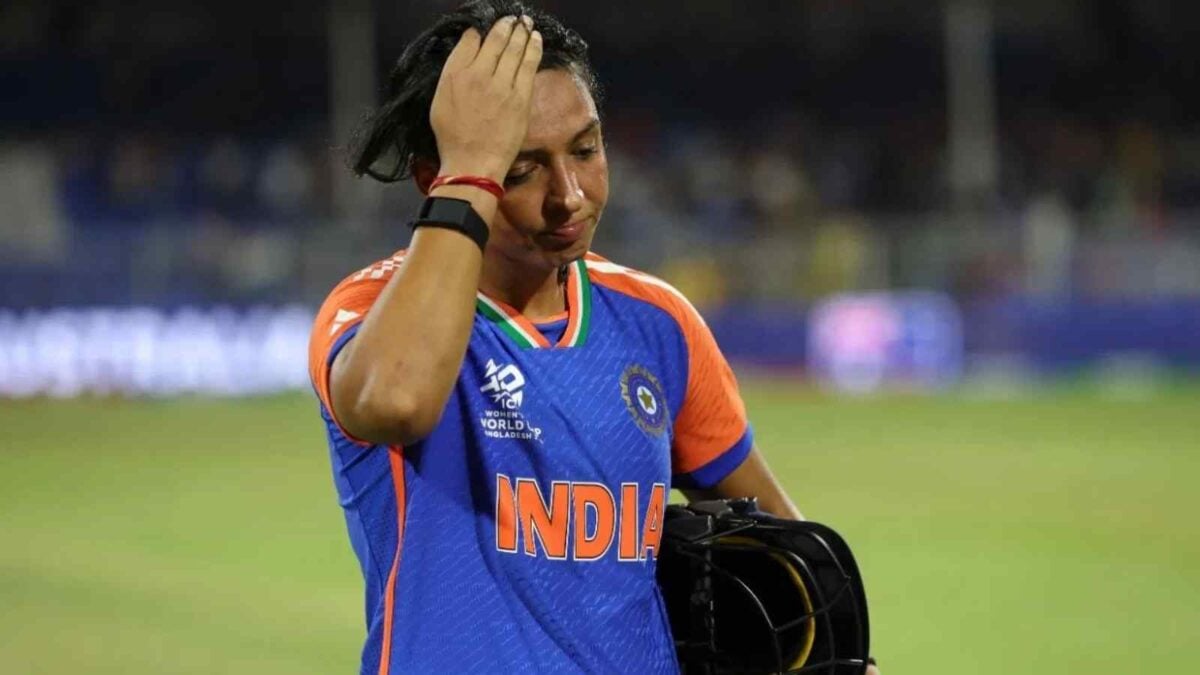
The captain and coach for 2025 should lead by example and look to bring ruthlessness and professionalism to the set-up. There can be no more laxity or ‘chalta hai’ (anything goes) attitude, especially from senior players. Whether a foreign coach can be more effective should be explored.
A parallel can be drawn with the Indian Men’s team of the 90s and how that team’s culture changed under Sourav Ganguly and John Wright. The Indian Women’s team needs its own Ganguly-Wrights and Dhoni-Kirstens.
Better preparation for major tournaments
One of the main reasons cited for India’s failure in 2024 was the lack of game time. The Indian team chose to participate in a preparatory camp in the NCA instead of playing competitive cricket. The Asia Cup in July was the last tournament in which the team had participated.
Not having a fixed playing XI and batting order changes were the other reasons cited. The change of venue from Bangladesh to the UAE also unsettled the team’s plans. These issues would not have become so significant had proper planning and preparation been done.
For instance, sessions with the sports psychologist could have concurrently taken place alongside a bilateral series. And we did not get to see any benefits from the fitness and skills camps conducted in the NCA.
The 2025 Women’s ODI World Cup is about to be held in India is going to be one of the most important tournaments in the history of Indian Women’s Cricket. The approach and preparation from the Indian team has to be perfect.
India are scheduled to play ODIs against New Zealand, Australia, and England in the period but more matches in home conditions should be organized by the BCCI in the six-month gap between the Australia and England tours and after the latter tour so that the bench strength can be tested.
Teams like Sri Lanka and Bangladesh can be invited to play bilateral matches. Newer players should get adequate experience of playing in different conditions, against different opponents in different scenarios. The skill and fitness levels can be analyzed and a core squad, best XI and batting order can be determined by the coaches and support staff.
India’s aim should simply be to win the 2025 World Cup. There shouldn’t be any more room for complacency.






